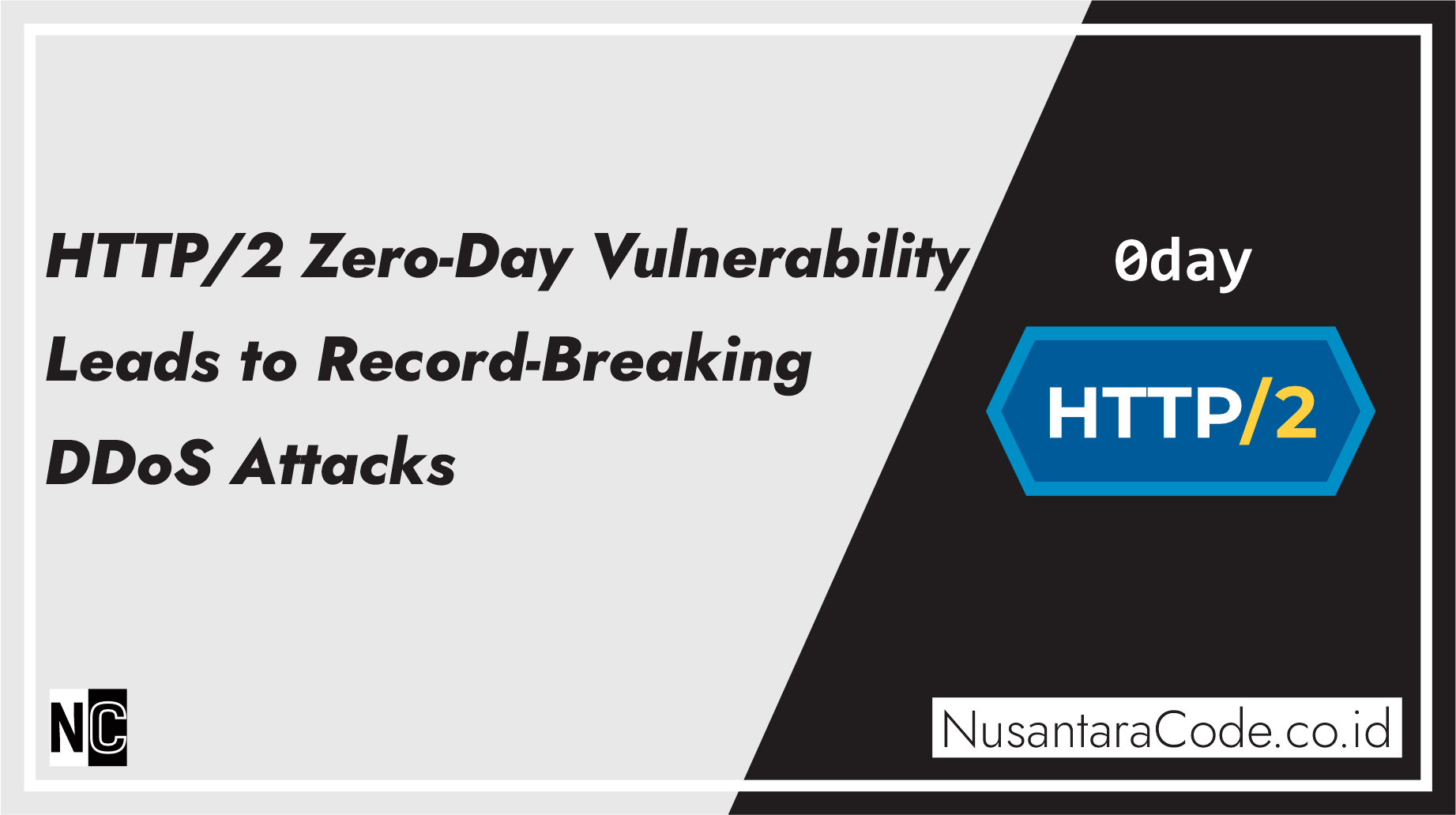In recent news, the cybersecurity world has been rocked by a significant zero-day vulnerability discovered in the widely used HTTP/2 protocol. This newfound weakness has opened the door to a wave of devastating Distributed Denial of Service (DDoS) attacks, resulting in record-breaking incidents of network disruption and server overload.
Understanding HTTP/2
HTTP/2 is a major revision of the HTTP network protocol, which is the foundation of data communication on the World Wide Web. It was designed to improve web performance and optimize the loading of web pages by allowing multiple requests and responses to be multiplexed over a single connection. This significantly reduced latency and improved the overall user experience.
The Zero-Day Vulnerability
A zero-day vulnerability refers to a security flaw in software or hardware that is unknown to the vendor or developers. Cybercriminals often exploit such vulnerabilities before they can be patched or fixed. In the case of HTTP/2, a critical zero-day vulnerability was discovered that could be leveraged to launch powerful DDoS attacks.
The specific details of the vulnerability have not been disclosed to the public to avoid further exploitation, but it’s believed to affect the protocol’s core functionality.
The Surge in DDoS Attacks
Distributed Denial of Service (DDoS) attacks have become a favored weapon for cybercriminals to disrupt online services and websites. With the newfound zero-day vulnerability in HTTP/2, attackers have capitalized on this weakness, resulting in a surge of DDoS attacks. These attacks have been particularly destructive due to the increased efficiency and speed offered by the HTTP/2 protocol.
Record-Breaking Impact
The impact of these HTTP/2 zero-day vulnerability-driven DDoS attacks has been record-breaking in terms of their scale and intensity. Organizations and websites, including major e-commerce platforms and financial institutions, have struggled to defend against the onslaught of malicious traffic.
The attacks have overwhelmed servers, leading to extended periods of downtime, financial losses, and reputational damage for targeted entities. As a result, cybersecurity teams worldwide are working tirelessly to develop patches and mitigations to counteract this newfound threat.
Mitigating the Threat
The discovery of the HTTP/2 zero-day vulnerability serves as a stark reminder of the ever-evolving landscape of cybersecurity. To mitigate the threat, it is crucial for organizations to:
- Stay Informed: Keep abreast of the latest cybersecurity developments and vulnerabilities that could affect your infrastructure.
- Implement Protective Measures: Deploy DDoS mitigation solutions and firewall rules to identify and block malicious traffic.
- Regularly Update Software: Ensure that your web servers and software are up to date with the latest security patches.
- Develop an Incident Response Plan: Be prepared to respond swiftly and effectively in the event of a DDoS attack or security breach.
The zero-day vulnerability in HTTP/2 highlights the need for constant vigilance and a proactive approach to cybersecurity. As the situation unfolds, the collaboration of security experts and organizations is crucial to finding solutions and protecting the digital realm from emerging threats.
